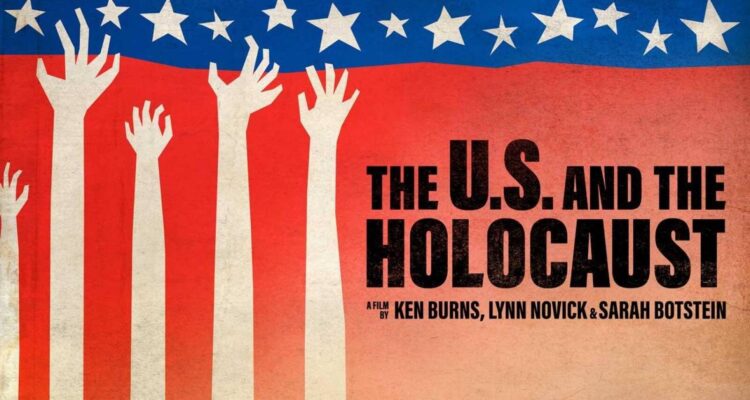“Give me your tired, your poor, your huddled masses yearning to breathe free”. In her 1883 sonnet “The New Colossus”, Jewish-American poet and activist Emma Lazarus imagined the newly built Statue of Liberty speaking these words, symbolising hope for “tempest-tost” refugees seeking safety and a better life. Engraved on a copper plaque, her poem adorns the pedestal upon which “Lady Liberty” stands to this day.
Half a century later, hundreds of Jewish refugees onboard the MS St Louis didn’t get close enough to the iconic statue to read those celebrated and much-repeated lines. US President Franklin Roosevelt ignored their pleas for asylum. It was 1939 and the Nazi Holocaust was about to begin.
After being refused entry to the “land of the free” (as well as to Cuba and Canada), those aboard were returned to the Europe they had desperately fled. More than 200 of the 900 who set out from Hamburg on the St Louis perished in Hitler’s death camps, all because they didn’t have the correct paperwork.
This is one story among many told in Ken Burns’ latest documentary, The US and the Holocaust, which explores the response—indeed, the conflicting responses—in America to the Nazi persecution of Jews, from Hitler’s rise to power in 1933 to the death camps of World War Two.
Read the article by James McVicar in Red Flag.

